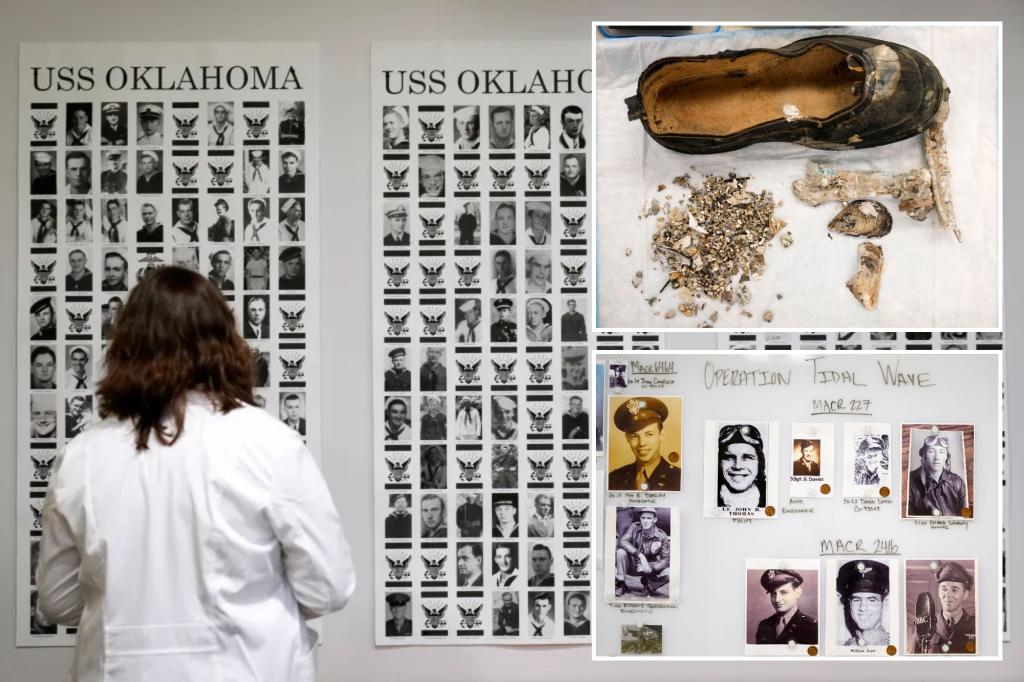The Defense POW/MIA Accounting Agency labs at Offutt Air Force Base and in Hawaii are working tirelessly to identify the remains of American soldiers who died during World War II and other conflicts. Often, families have gone for generations without knowing what happened to their loved ones, but these labs aim to offer closure to 200 families per year by providing them the opportunity to honor their relatives with a proper burial. Memorial Day and the approaching 80th anniversary of D-Day serve as poignant reminders of the importance of this work.
The labs employ forensic anthropologists, medical examiners, and historians who collaborate to identify lost soldiers. With advances in DNA technology and innovative techniques like comparing bones to chest X-rays, the labs are able to identify more missing soldiers every year. Currently, there are approximately 72,000 World War II soldiers and around 10,000 soldiers from other conflicts still unaccounted for, with experts believing that about half of these individuals are recoverable. The labs have a target of 200 identifications annually, with the number of identifications steadily increasing over the years.
Donna Kennedy was able to bury her cousin, Cpl. Charles Ray Patten, who died during the Korean War 74 years ago and was buried as an unknown in Hawaii. Patten’s funeral was a heartfelt event where he was laid to rest with full military honors, surrounded by family members. Often, when veterans are identified, their return to their hometown is marked by community members waving flags and holding signs to welcome them back. The work of these labs is crucial in ensuring that the promise of returning these fallen soldiers to their families is kept.
The lab teams often come across compelling details in their work, such as the case of a World War I Marine found in France with his wallet intact, still containing a New York Times article and an infantryman badge with his initials. While some cases are more straightforward, the experts must dig through historical records, objects found with the remains, military medical records, and DNA to confirm identities. They focus on battles and crashes with the highest chance of success and navigate the complexities of soldiers who were buried in temporary cemeteries and moved during retreats.
Identifying remains can be a lengthy process that involves meticulous matching of bones, waiting for DNA and other test results, and consulting historical records. The lab also utilizes unique tests such as identifying a soldier’s diet based on specific bone traits and comparing collar bone details to military chest X-rays. Despite the challenges and the passage of time, the experts at the labs are dedicated to piecing together the identities of these fallen soldiers and ensuring that they are properly honored and laid to rest.


